By Lavinia Dickson-Robinson
Originally from New York, Koo Stark is a multi-faceted artist, having studied, taught and worked in the performing, literary, fine and applied arts. She is a writer, teacher, actress and most importantly, a photographer. She is also a lifelong practitioner and teacher of yoga, and a long-time student of HH the Dalai Lama, who gave her an insight into the spiritual and philosophical nature of Buddhism. It was this friendship and his teachings that gave Koo the insight to meditate on the potential of capturing the beauty of life through photography and using the medium as a means of non-verbal communication.
I met Koo Stark at San Lorenzo. She arrived looking radiant, what didn’t surprise me since it was the morning after the opening of her third photography exhibition in London in a year, after a gap of 23 years. Koo is a woman of style, grace and shy warmth. As an artist, her perception and use of light is unique and each of her photographs has a story to tell.
I started by asking her how she got into photography. She looked down for a moment and took a deep breath. “In the 80s”, she said, “I was constantly hounded by paparazzi; I had no privacy, no peace. I felt I was being stalked constantly.” I can imagine how she felt. At one stage, there was a price on her head for one photograph of her – solo and relaxed- for £250k. She turned down a written offer of £1million in 1983 to be interviewed. Koo went on the tell me that she even had paparazzi from Paris Match trying to climb into the window of her home to capture a photograph of her in the bath. She added: “It was terrifying. Each day, I did everything I could to try and conceal my face, maintain my silence and preserve my privacy, but the more I resisted the higher the price became. They even raided my doctor’s and lawyer’s premises to steal personal documents about me. I had nowhere to go and nowhere to hide. It was chequebook journalism at its worst. Some of my documented experiences were instrumental in changing laws on copyright and privacy. I still hold the dubious distinction of having received the highest libel award. This hounding was not only unbearable but also morally and legally wrong.”
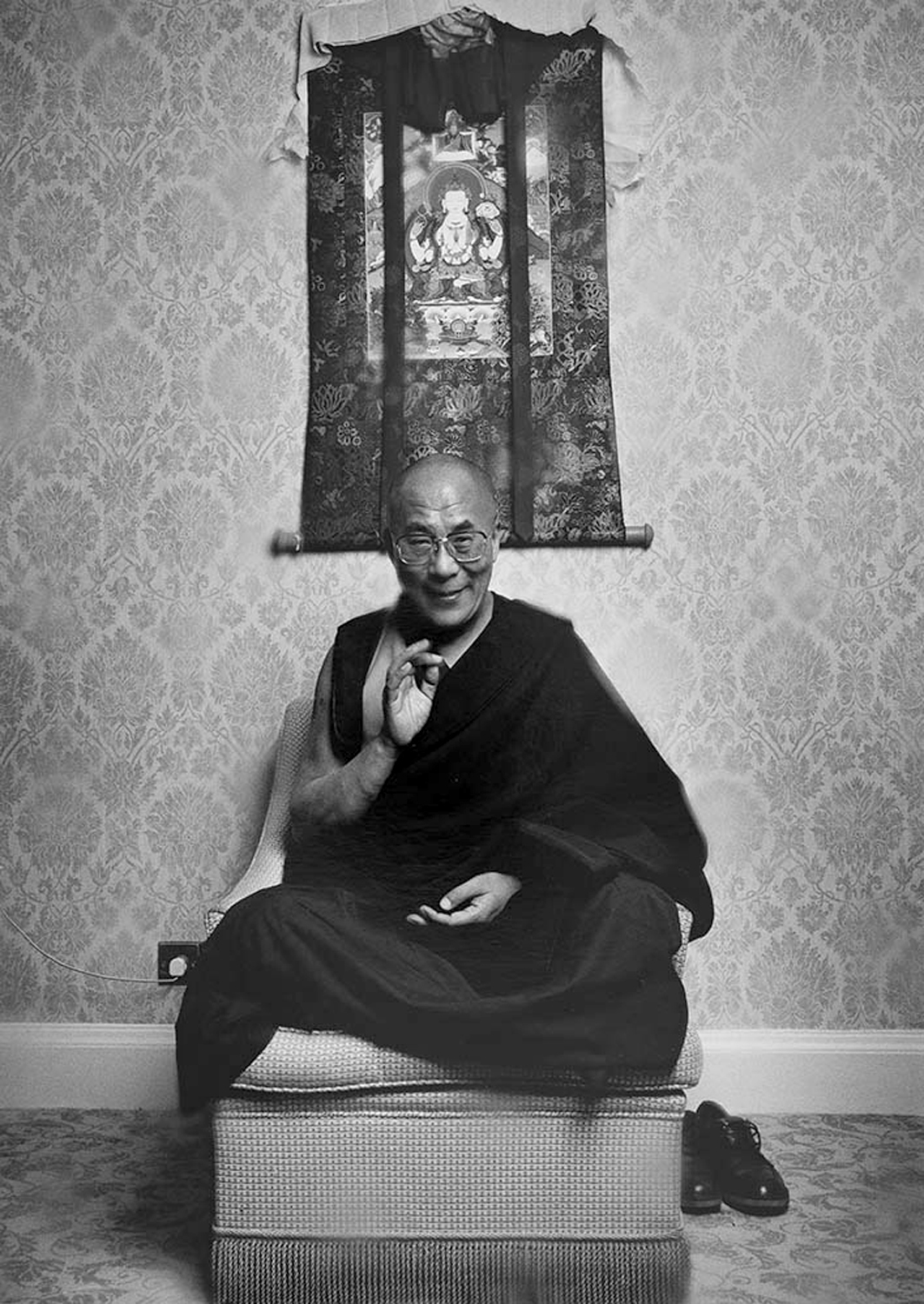
One day, in 1982 this unwilling celebrity decided to turn the lens back on the paparazzi. She described how it happened: “I just picked my old Polaroid camera and photographed them back. It was a practical way to hide my face and it developed into an exploration, a form of homeopathic therapy and healing. By nature I am a very private, gentle person but these attacks were unbearable. So, in 1987, completely out of character, I went to court to protect myself and others´ right to privacy. It took many years and much convincing for the law on privacy to be created. In 2015, the Levenson enquiry eventually started to enforce privacy laws.” A glimpse of a smile illuminated these last words.
Koo has always seen photography as an art form as well as a craft. It was her dear friend, the wonderful Norman Parkinson, ‘Parks’ as she likes to call him, who taught her the fascinating craft of photography. “The greatest thing that Parks ever taught me was to understand light”, she commented, her expression full of meaning, “the camera is merely a recording tool, it’s your eye that needs training; it is your use of light that captures the moment.
“the camera is merely a recording tool, it’s your eye that needs training; it is your use of light that captures the moment”
Parks was a father figure to me and my mentor. He taught me to understand the importance of light. He said that a photograph was either like an assassin’s bullet or could put you on cloud nine. He impressed upon me the importance of studying old masters like Caravaggio, making me write essays to justify my choice of lighting, which remains daylight or tungsten, direct, indirect and reflected. Parks said that without studying the Masters I would never truly appreciate the subtle innuendo of light. He was very strict. On one occasion, while on a shoot for Condé Nast in his home in Tobago, he made me go and eat my lunch in the corner as I had forgotten to put film in the camera.”
Another profound influence on Koo´s work was Graham Green. Of this genius of the 20th-century literature she fondly recalled: “I had known him since I was seventeen, having worked with him as an actress. When I went to see him in the south of France at the height of my paparazzi harassment, he asked: ‘what is this I am reading about you in the press? This is not the Koo that I know.’ He was a tower of strength and was very concerned. He thought I should start a journal and brought me the most beautiful Smythson journal, a box of pencils, a dictaphone and a torch. He encouraged me to write down my everyday feelings and thoughts. He said one day I should turn these notes into a book or an autobiography.” Koo said that is the one thing she hasn’t ever done. When I asked her if she would ever write a book she answered: “My thoughts and my journals are very private to me. I wouldn´t just publish them. There is a different discipline required to write a coherent book, and if one day I felt confident enough in my skills to write my autobiography, I think it would be a great personal achievement, but first Nosce te ipsum (know thyself ).”
“My thoughts and my journals are very private to me. I wouldn´t just publish them. There is a different discipline required to write a coherent book, and if one day I felt confident enough in my skills to write my autobiography, I think it would be a great personal achievement, but first Nosce te ipsum (know thyself ).”
I asked her if she felt that women photographers have not always been fully recognised. She smiled and said: “If we look at the work of Helmut Newton for example, it was his wife Alice Springs who chose the models and styled them; and it was Lee Miller who accidentally discovered how to solarise prints, although annoyingly, it is Man Ray who remains credited for his muse´s discovery!” I mentioned the famous saying that behind every great man there is an even greater woman and she smiled again.

My next question moved our conversation onto the photographs in her current exhibition. I was very flattered that, as she went through each photograph, she asked me where I thought the light was coming from. I felt she wanted to impart and share her knowledge and it really opened my eyes, making me more able to recognise the beauty of her photography… and probably of art in general. Thank you Miss Stark. Her passion was evident as she spoke. She is a great believer in preserving the art of film photography in this digital age, where many moments are lost and never seen. The photograph that caught my imagination the most was the one of Simon and Yasmin Le Bon; it was true beauty – it reminded me of Romeo and Juliet.
When asked about what she would like to do next, she replied: “I hope to encourage, inspire and teach people to see photography as an art form, to start photographic collections of their own.”
Koo Stark
KINTSUGI PORTRAITS
GALLERIA SAN LORENZO
22, Beauchamp Place. London SW3 1NH
www.koostark.art
Until February 15th







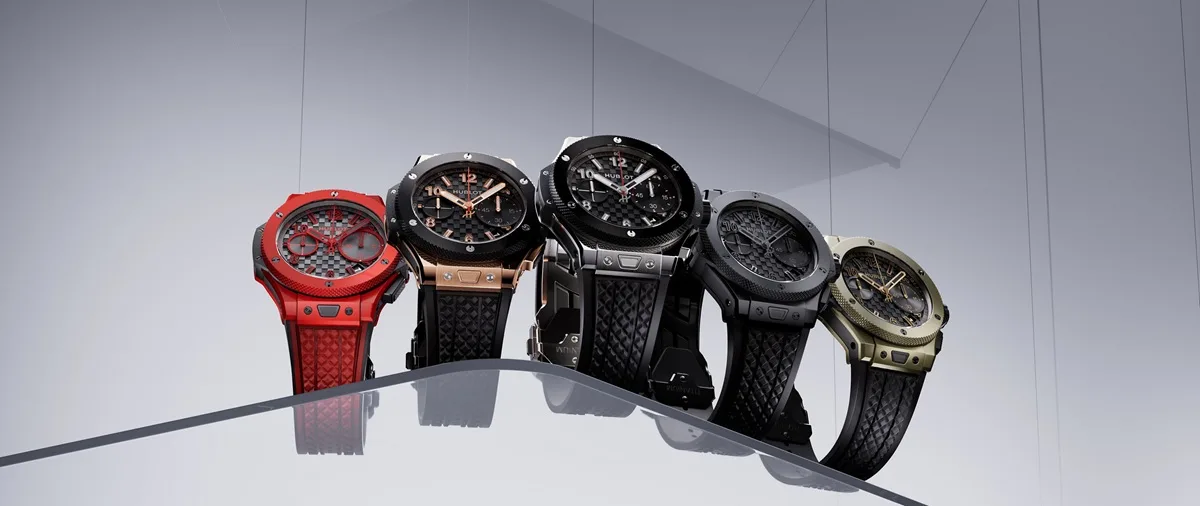
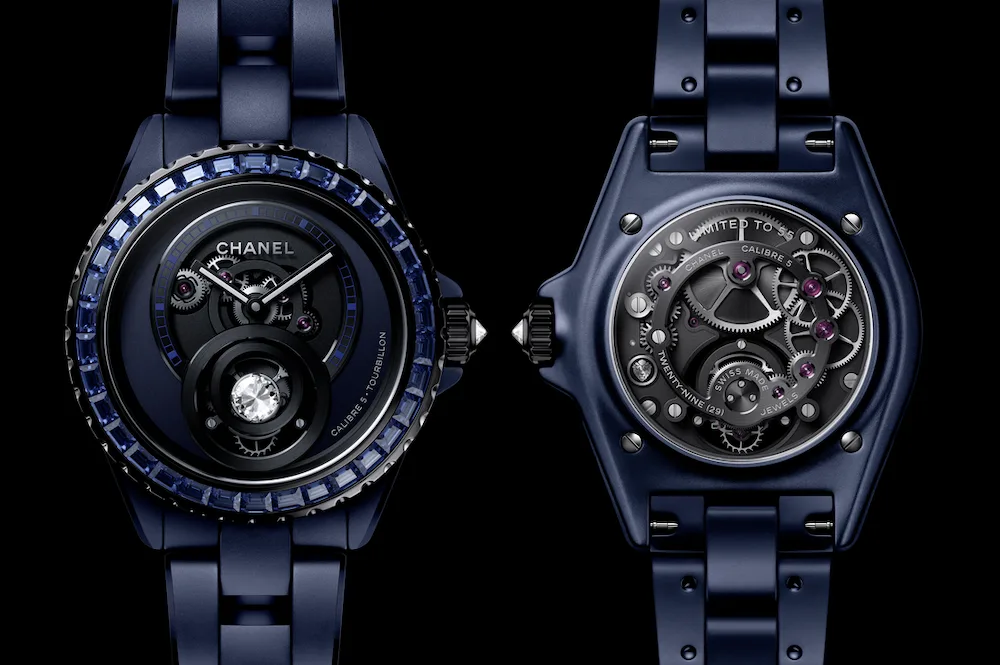
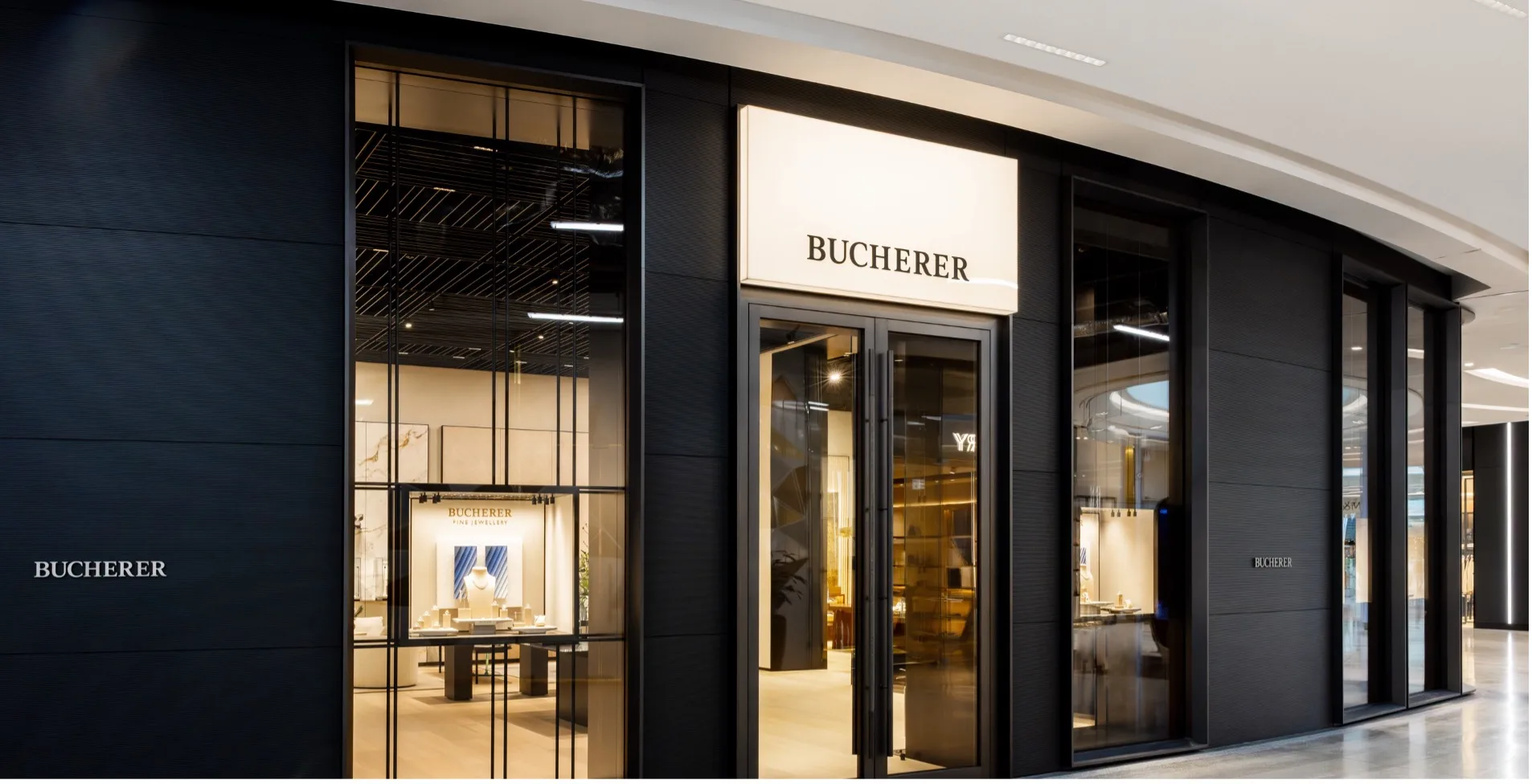

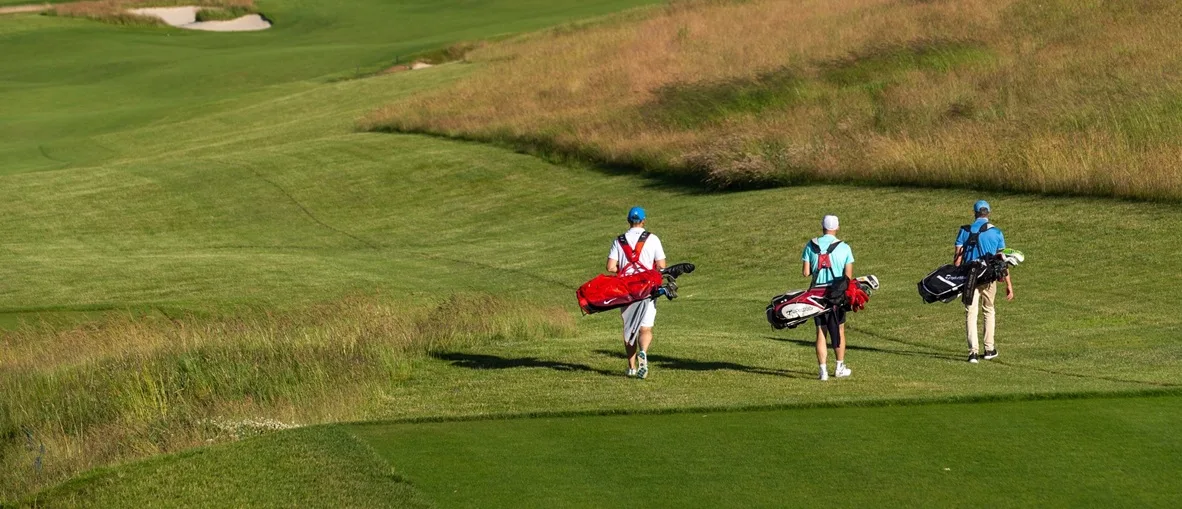





Show Comments +